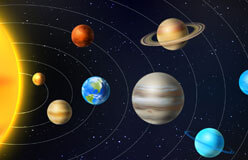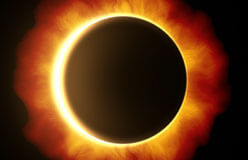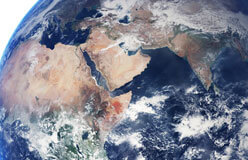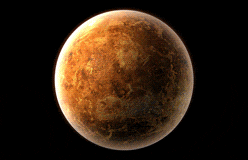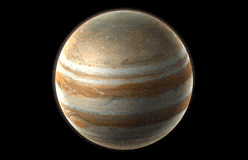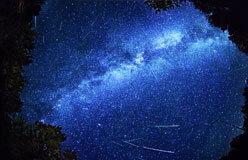The planet closest to the Sun is Mercury, then Venus, and next is Earth.
We’re number three! That should be an Earthling’s loudest cheer. Earth is just the right distance from the Sun for water to remain liquid, rather than freeze or evaporate, which is very important for supporting life.
We’re not the smallest! That’s our next loudest cheer. Small planets have weak gravity, and weak gravity can’t hold an atmosphere, so gases just fly out into space. Earth’s gravity is strong enough to hold on to a thin layer of gases, or atmosphere, which is the air we breathe. It protects us from deadly solar rays and keeps the planet from freezing solid.
We’re just right! If Earth were a tiny bit “wrong,” life could not exist.
